What is income tax?
Income tax is a duty paid on your earnings in Australia and across the world (depending on your tax residency status). You pay tax to the Australian Taxation Office. Generally speaking, your employer will pay tax out of your wages before you even see the money. However, if you’re self-employed or receive investment income, you must lodge a tax return.
You must declare all your income on your tax return, and the ATO will calculate how much money you owe.
How do you calculate income tax?
Your income tax depends on how much money you earn within the financial year. If you work one job and have no other income, it’s easy to work out; simply look up your marginal tax rate and multiply your total earnings above the tax-free threshold by the percentage owed – that is the amount you owe.
For instance, if you earn $40,000, you owe tax on $21,800. The calculation looks like this:
$26,800 x 19% = $4,142
Your take-home pay after income tax is $35,858.
If you earn additional income from an investment or second job, add the annual amount to your wages.
Using our income tax calculator
Is maths not your strong suit? The Australian income tax calculator does all the calculations for you. All you need to do is input your total income in a financial year. If you’re unsure about the exact amounts, don’t worry. An estimate will still give you a good idea of how much taxes you need to pay. You can adjust the frequency to suit your income schedule.
How does capital gains tax work?
You make a capital gain when you sell an asset, such as a house, for a profit. Specifically, a capital gain is a difference between the amount you originally paid and the amount you sell it for.
Say you sell a property for a capital gain of $20,000 – which, with the way house prices are skyrocketing, is likely in some areas – you’ll have to pay a lot more tax. A capital gain could push you up into the next tax bracket.
Fortunately, Australian residents are eligible for a 50% capital gains tax discount on their primary residence. Investors must pay 100% CGT on all assets.
What’s the Medicare levy surcharge?
On top of income tax and CGT, you must also pay a Medicare levy. The Medicare levy funds Australia’s public health system. The Medicare levy is 2% of your taxable income. So, in our earlier example, you would pay an additional 2% of your income ($800), reducing your take-home pay to $35,058.
You will have to pay the Medicare levy surcharge if you earn over a certain amount and do not have adequate private health care coverage. This is between 1% and 1.5% if you earn more than $90,000.
What is the tax-free threshold in Australia?
Australian residents, for tax purposes, do not have to pay tax on the first $18,200 of their earnings. Foreign residents must pay tax on all their income; there are no tax-free repayment thresholds for non-residents.
What are the income tax rates for Australian property investors?
Below are the income tax and Medicare surcharge rates for Australians.
Why do I need to know my income tax rate?
Knowing your income tax rate can help you budget expenses. When you receive income from multiple sources, it can take a lot of work to keep track of your tax payable. You might find you’re in a higher tax bracket without realising it. In these instances, you might pay more tax than you have to.
When you have an estimate of the amount of tax you need to pay, you can take steps to reduce your taxable income and save money.
How can I reduce my tax payable?
The best way to pay less tax is to reduce your taxable income. There are plenty of legal and legitimate ways to reduce your taxable income, as listed below.
Tax Deductions
Deducting allowable expenses from your income can reduce the amount you need to pay tax on. Here are a few tax deductions:
- Interest on home loan repayments
- Depreciating assets
- Work-related expenses
- Investment property expenses
- Insurance payments
- Tenant advertising fees
- Property maintenance costs
- Strata building fees
- Council and water rates
- Pest control
You need to keep a record of your expenses and receipts.
Negative Gearing
Negative gearing is a popular investment strategy in which investors aim to make a capital loss. Does it sound counterintuitive? By paying more in expenses, investors can reduce their income tax payments and save money. In the future, they will sell the property for capital growth.
You might sometimes carry forward your capital losses to offset future capital gains. For instance, if you make a capital loss this year but plan to sell the property next year, you might carry forward the loss to prevent the capital gain from increasing your taxable income to the next tax bracket.
Tax Offsets
If you receive low income, you may be eligible for tax offsets.
Low-income tax offset:
- If you earn $37,500 or less, you will get the maximum tax offset of $700
- If you earn between $37,501 and $45,000, you will get a tax offset of $700 minus 5 cents for every $1 above $37,500
- If you earn between $45,001 and $66,667, you will get a tax offset of $325 minus 1.5 cents for every $1 above $45,000
Low and middle-income tax offset:
You might receive the low and middle-income tax offset and the low-income offset. If your taxable income is less than $126,000, you will get part of or all of the low and middle-income tax offset.
- If you earn $37,000 or less, you will receive a $675 offset.
- If you earn between $37,001 and $48,000, you will receive an offset of $675 plus 7.5 cents for every dollar above $37,000, with a maximum of $1,500.
- If you earn between $48,001 to $90,000, you will receive an offset of $1,500.
- If you earn between $90,001 to $126,000, you will receive an offset of $1,500 minus 3 cents for every dollar above $90,000.
The Australian Taxation Office will automatically apply offsets to your taxable income.
Salary Sacrifice
Salary sacrificing means your employer will take money from your wage to pay your home loan or superannuation before tax. Therefore, you’ll reduce your taxable income and take home more pay.
For instance, if you earn $2,500 per month and pay $500 towards your mortgage after tax, you end up with $1,771. However, if you salary sacrifice and your employer pays $500 before tax, your net income at the end of the month is $1,905. You could save $1,608 over twelve months or $40,200 over the life of a 25-year mortgage.
Speak to your employer about salary sacrificing to see how much money you could save. Our mortgage brokers can help you find suitable home loans and lenders to reduce your tax payable.
Offset Account
An offset account will let you offset non-deductible home loan interest if you have a home loan. Taxpayers can create a savings account with their lender and reduce the interest payable on their home loan. Moreover, you don’t have to pay tax on the money in your offset account.
Meet ATO Deadlines
One of the easiest ways to save tax is to follow the Australian Taxation Office’s rules. This means meeting their deadlines and only deducting allowable expenses. If you register with a tax agent, you can lodge your return as late as May of the next financial year. However, if you lodge your return yourself, you must submit it by the 31st of October.
Meeting deadlines can help avoid conflicts and penalties. Moreover, it’s straightforward to lodge your return online with the Tax Office. Your account should already have details from the previous year, your bank, your workplace, and government agencies.
In addition, ensure you don’t fudge the numbers or break any rules. Paying taxes might be painful but maintaining honesty from the start is vital. Guesses and estimates or intentional mistruths will only lead to trouble down the line.
Taxpayers who deduct expenses that are not allowed have faced penalties with the ATO. The government body investigates any suspicious claim, whether large or small. Take the time to complete your tax return correctly and on time.
Use Lendstreet’s Income Tax Calculator
Determining the amount of tax you owe could save you from a nasty surprise at the end of the financial year. The best way to pay less tax is preparation. Understanding which allowable deductions you can make ahead of tax time will prevent you from making mistakes and ensure a smooth, painless experience. Moreover, you’ll save money on your tax payable.
Our income tax calculator is easy to use and will help you budget to save money.
FAQs
How much tax do I pay on $60,000 in Australia?
If you earn $60,000, you’ll pay $11,181 income tax annually as a tax resident in Australia. Each month, you will pay $931, and your take-home pay is $4,068.
How can I calculate the income tax?
To calculate your income tax, multiply your taxable income (salary minus the tax-free threshold and any allowable deductions) by your tax rate.
What is the average salary in Australia?
According to the ABS, the average weekly salary in Australia is $1,769.80. Therefore, the annual average wage is $92,029.60.
Thousands of home loans from
from our lending partners
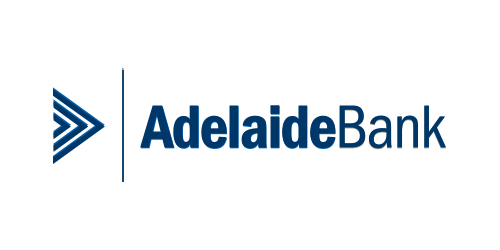


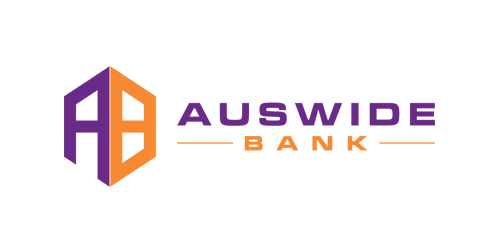












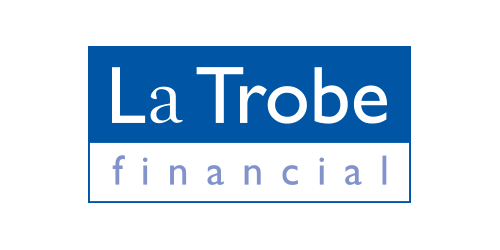
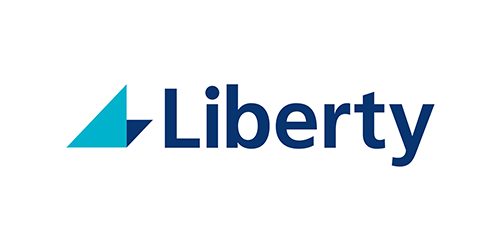


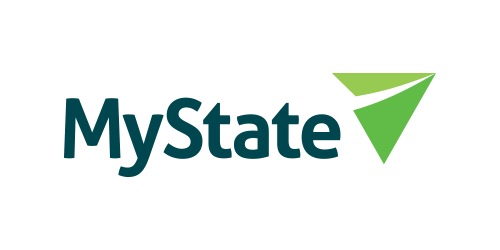



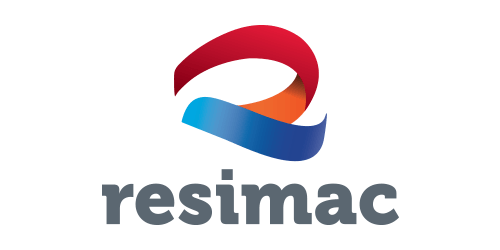





Get free home loan advice.
Chat with one of our trusted mortgage brokers without needing to commit. Our initial talk will be to assess your requirements and discover potential options from the market.






